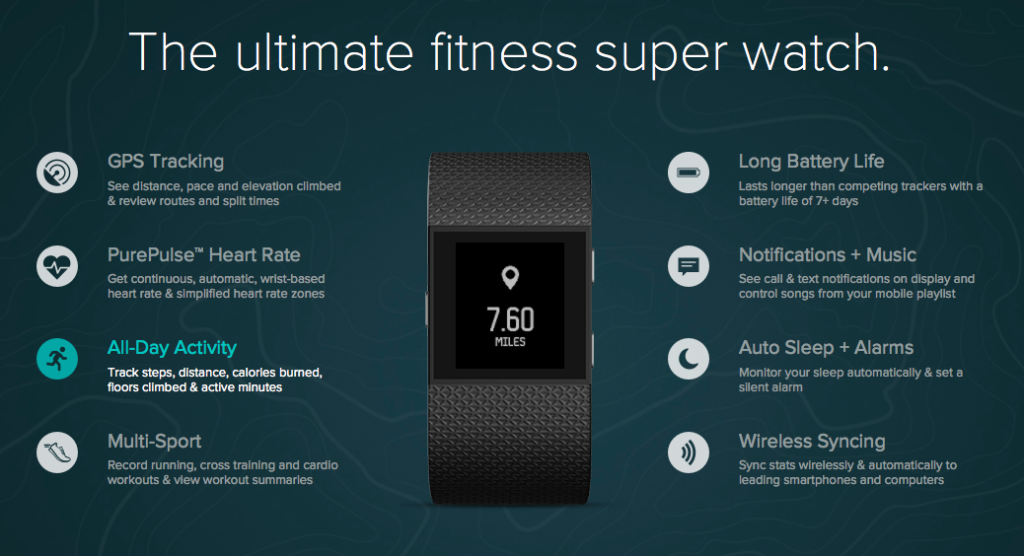
HabitatMap & AirCasting: Internet of Things, Maps & Environmental Monitoring
One of the most famous applications of Geographic Information Science is the 1854 London Cholera Map by Dr. John Snow. A map that helped him figure out that Cholera spread through water. (How often does a map change the world). Interestingly, GI Science started off as an aid to a Doctor. GIS has come a long way since those days. Here is an interesting example of how GI Science in its version 2.0 is helping understand the impact of the environment on our health.
HabitatMap, a non-profit, environmental justice group based out of New York, utilizes online maps and social networks to raise awareness about the impact the environment has on human health. 3 days ago, they successfully crowd funded (via KickStarter) their new $200 wearable air quality monitoring device “AirBeam” that maps, graphs and shares your air pollution exposures in real time.

AirBeam draws air through a sensing chamber where light from an LED scatter off the particulate matter in the air. The scattered light is measured by a detector, which enables the estimation of PM 2.5 (particulate matter that is harmful to our health); The data is then shared via bluebooth to your Smartphone and to the community via the AirCasting platform, which is an open source platform for recording, mapping and sharing health and environmental data using your smartphone. You could also download their Android app – “AirCasting Android App“. Here’s everything the AirCasting app can do (information from the AirCasting)
- Sound levels recorded by their phone microphone;
- Temperature, humidity, and fine particulate matter (PM2.5) concentrations recorded by the Arduino-powered AirBeam;
- Temperature, humidity, carbon monoxide (CO) and nitrogen dioxide (NO2) gas concentrations recorded by the Arduino-powered AirCasting Air Monitor;
- Heart rate, heart rate variability, R to R, breathing rate, activity level, peak acceleration and core temperature measurements recorded by the Zephyr BioHarness 3; and
- Heart rate measurements recorded by the Zephyr HxM.
 The results of the AirBeam device recording will enable us to make better choices to improve our health by either deciding to travel when the pollution levels are lower or take an alternative route or in the worst case scenario, understand the risks that we are facing and take necessary precautions for a healthy life. Since the AirCasting platform is open source, it is possible for many of the current Noise monitoring applications to coexist and cooperate. Remember, the open source NoiseTube application. Might be an interesting idea to develop a method to combine these two great services together.
The results of the AirBeam device recording will enable us to make better choices to improve our health by either deciding to travel when the pollution levels are lower or take an alternative route or in the worst case scenario, understand the risks that we are facing and take necessary precautions for a healthy life. Since the AirCasting platform is open source, it is possible for many of the current Noise monitoring applications to coexist and cooperate. Remember, the open source NoiseTube application. Might be an interesting idea to develop a method to combine these two great services together.
Some of us might have our concerns about the Internet of Things and Sensors that collect data, but this is definitely not one of those cases. Considering that air pollution is one of the serious forms of pollution and often the one that we hardly notice, it is a great initiative.
Source: Gigaom













